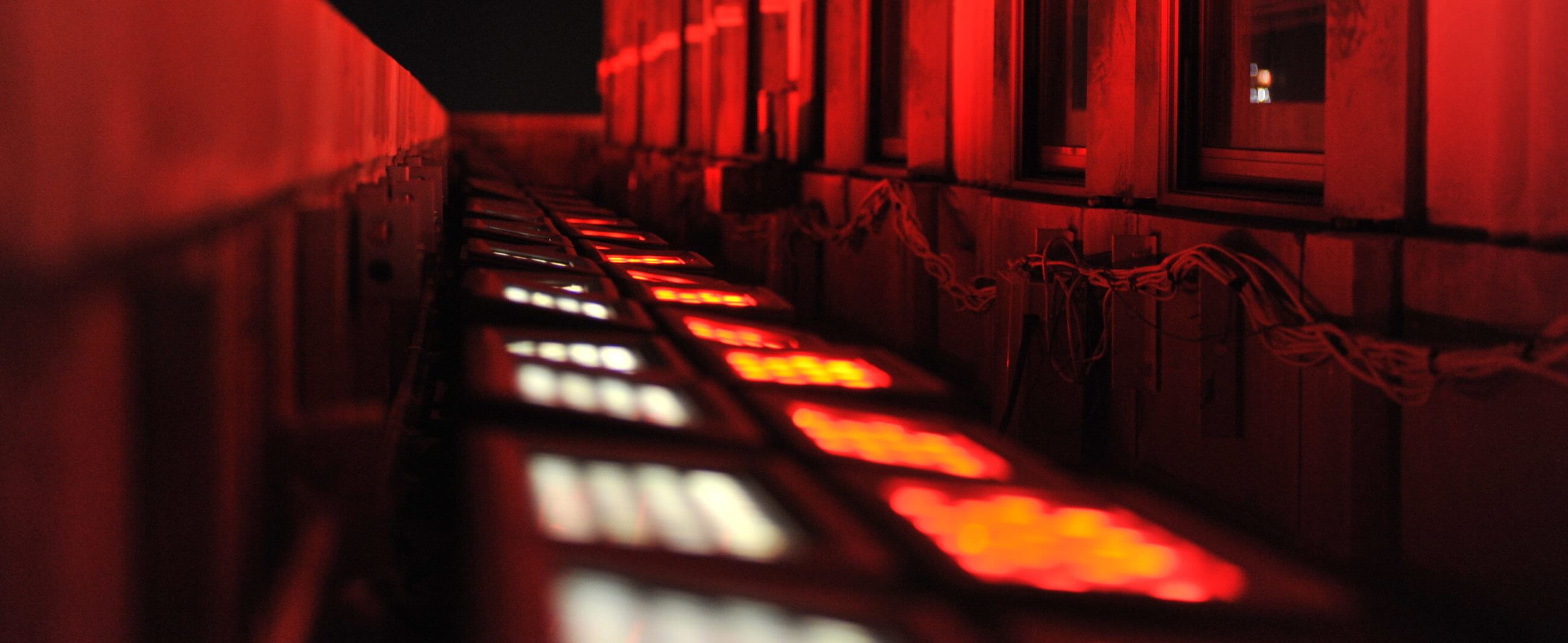In honor of Earth Day, Friday, April 22, we want to delve into the topic of energy efficient lighting systems. With conservation, LEED, and other green initiatives still a hot topic in our industry, lighting plays a critical role in the energy footprint of a project. Are LEDS the energy efficient lighting solution?
First, let’s clarify what we mean by energy efficient. Energy efficient lighting is a system that uses less electrical power than permitted by energy code standards. The electrical power usage is typically measured in watts per square foot (aka power density). The lower you can design the power density, the more energy efficient the project becomes. One of the easiest ways to achieve this increased efficiency is to use light sources that have higher efficacy (lumens per watt). Efficacy refers to the amount of light emitted from a fixture for each watt of energy consumed.
However, just because the lighting is energy efficient on paper does not mean it is automatically the best solution for your project. I sat down with a few of our lighting designers and learned about the various considerations beyond lumens per watt that need to be discussed during the design process. Emad Hasan, Jon Hoyle, Matt Fracassini, and David Seok provided some insight into energy efficient lighting systems and of course LEDs (Light Emitting Diodes).
—————————————
There are a number of tools in a lighting designer’s tool belt that he or she can use to achieve an energy efficient lighting system. That being said, LEDs have become the most well-known and discussed tool. Shortly after their creation in 1962, LEDs were touted as the ideal solution for future energy efficient lighting. Would you agree that in 2016 they are finally living up to the hype?
- DAVID: I would say that LED lighting systems are indeed an ideal solution for energy efficient lighting. LEDs have become the leader in efficiency, comparing the ratio of light output to energy usage. Since their commercialization for lighting applications, the diversity in the types of fixtures have made LEDs the best solution in almost every application.
- EMAD: In comparison to halogen, compact fluorescent, and metal halide sources, they have lived up to the hype. For linear fluorescent, we are seeing more luminaires with higher efficacies, so they are just about there.
Where do you feel there is still room for improvement with LED light systems?
- EMAD: LED’s still need improved consistency across manufacturers. Color, installation, board sizes vary depending on the manufacturer, so it will be a little more difficult to replace components when they do begin to fail.
- MATT: Replacement of individual components at end of life. Some of the larger manufacturers have programs in place where building maintenance staff can remove individual LED boards and drivers and scan in or read a specific code to order field-installable replacements. This is a good start, but it needs to be more consistent throughout the industry. We can’t really call this a sustainable technology if entire light fixtures have to be thrown out and replaced every 5-10 years.
When are LEDs the best solution?
- JON: This answer is pretty open ended. They are the best solution when the project budget is huge and “normal” levels of controls are required. By normal levels of control I mean minimum 20% dimming. LED sources can be difficult when dimming levels less than the 20% are required, very high color quality is required, and when project budget is a concern.DAVID:There are few solutions that I can think of where any other source would be used. Typically, the largest prohibitor is cost.
- EMAD: It’s important to remember that LED is another tool in the palette and you should weigh each scenario before selecting it. If cost isn’t a concern, LED’s are a great replacement for just about any light fixture. They aren’t necessarily the only solution though. When replacing fluorescent for example, the input wattage and life expectancy is comparable, so you have to weigh other factors like cost and appearance.
- MATT: LED sources are directional by nature, so they are a great solution for downlights, floodlights, and accent lighting. And since LED’s are typically much smaller than comparable incandescent or HID sources, a much higher level of optical control can be attained. For the same reason, LED’s are not a great solution for applications that require 360° of illumination – for example, direct-indirect pendants or glowing cylinders. In some cases, linear fluorescent lamps (that provide 360° illumination by default) offer better performance than LED.
It seems everyone is in agreement that the cost of a LED lighting system is the largest road block when specifying them for a project. The project budget will determine whether or not LEDs are considered or the ideal solution for the job.
If the budget allowed, would you recommend LED fixtures on all of your projects or are there still specific applications that benefit from alternate sources?
- JON: LEDs sources have become the de facto go-to, but there are still places where linear fluorescent and halogen are the correct light sources. Fluorescent sources are still great solutions for offices and parking garages. The color quality is about the same as LED (assuming a decent LED). A fluorescent source’s life and energy is about the same as LED and if not dimming, it is definitely cheaper. Halogen sources are a great solution for residential environments as well as some restaurants and hospitality. This source can be used when illuminating artwork and decorative chandeliers. Dimming is easier with Halogen sources and generally more reliable, even in a lower quality fixture. The color quality and color rendering are generally considered better or more appropriate for those applications. That being said, the correct LED source will be as successful.
- DAVID: If budget allowed, I would definitely recommend LED on every project.
- EMAD: Most likely, yes I would recommend it on all of my projects. I’ve found the quality of LED downlights to be better than metal halide, halogen, and CFL sources. I also appreciate that we can have long uninterrupted lines of light and coves without worrying about socket shadows. Also, light fixtures have gotten smaller and more creative.
- MATT: Each project is unique, but in general, if budget is not an issue, I’d say there are very few applications where LED would not be at least considered. Also, I’m very interested in this budget-free project, can you tell me more about it?
What wisdom would you pass on to an architect, interior designer, developer, or building owner who is only interested in a 100% LED light system for their project?
- DO YOUR HOMEWORK
JON: Know your budget ahead of time. Review samples of products you haven’t seen, especially if considering a VE alternate. Pay attention to the control input and dimming range (when important). - COMPATIBILITY
DAVID: Make sure everything is compatible. LED systems allow for much greater efficiency and flexibility, but LED systems are more complicated. So any client should be careful to make sure that all of the different components are operating together properly, to maximize an efficient lighting solution. - RESEARCH, RESEARCH, RESEARCH!
EMAD: Manufactures vary in the LED chips they purchase, colors don’t always match, and sometimes the fixtures are very glary. Seeing samples and researching the color characteristics is an important step. I would also remind them that LED doesn’t mean no maintenance, it just means low maintenance. Early failures can still happen, so you need to be able to access your fixtures. - KEEP AN OPEN MIND
MATT: LED technology is improving and spreading quickly. What you have heard about a specific application a year (or even a few months) ago may no longer be true. Focus on the goals for the project, and ask your lighting consultant to consider using LED wherever it will be the most effective solution. In most cases it will be, but it’s important to keep an open mind about using the best source for the job.
Jon Hoyle provides an excellent summary and conclusion to this Q&A on LEDs and energy efficient lighting systems. An energy efficient lighting system “should not be judged by its component parts, but rather how the entire system operates. Although LEDs often do provide a high level of energy efficiency at the fixture level, the addition of lighting controls that account for environmental factors (daylight, room occupancy, manual dimming, etc.) also increases a system’s overall efficiency. This increased efficiency can leave room for the use of less efficient light sources, such as halogen, for use in select applications.”
Did our designers help clarify what an energy efficient lighting system is? Do you have any additional questions about LEDs? Reach out by emailing us at blog@thelightingpractice.com.










